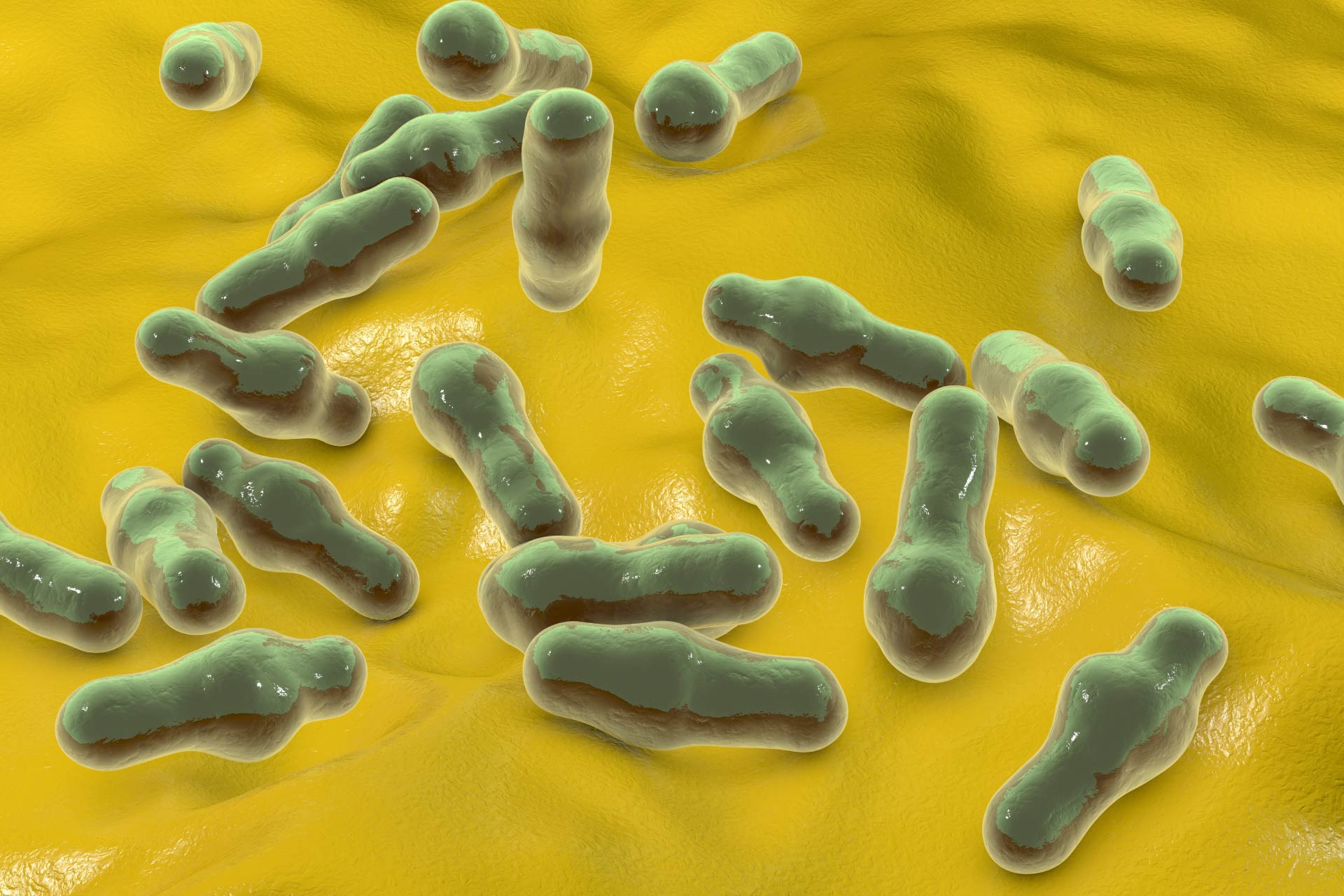• Molecular mimicry
• Immune regulation
What is already known on this topic
Bacteria can produce human signaling molecules such as neurotransmitters and hormones, and they can modify human molecules to have a physiological effect. But microbiota metabolites are difficult to identify because they’re often made only in the gut or they require other molecules sourced from the host, diet, or other bacteria.What this research adds
Researchers identified a class of gene clusters from Clostridia bacteria that are able to produce fatty acid amides (FAAs), signaling molecules produced by humans that have diverse physiological effects — ranging from immunoregulation to sensing pain to wound healing. The bacterial enzymes used diet-derived substrates to produce FAAs that interact with human receptors. One specific molecule, called lauroyl tryptamine, is produced in culture by Eubacterium rectale, one of the most prevalent human gut bacteria. This molecule is able to bind an immunomodulatory receptor and is present in human fecal samples, the researchers found.Conclusion
The findings suggest that FAAs produced by Clostridia help the bacteria to modulate their host by mimicking human signaling molecules.
Bacteria can influence human health by producing signaling molecules such as neurotransmitters and hormones. New research now shows that some gut bacteria use diet-derived substrates to produce molecules that interact with human receptors.
The findings, published in Nature Microbiology, suggest that microbial metabolites help bacteria to modulate their host by mimicking human signaling molecules.
Gut microbes are known to produce molecules that have a physiological effect. But microbiota-derived metabolites are difficult to identify because they’re often made only in the gut or they require other molecules sourced from the host, diet, or other bacteria.
To overcome these challenges, Christopher Voigt at the Broad Institute of MIT and Harvard and his colleagues combined bioinformatics with an assay that allowed them to look for molecules that could interfere with human signaling pathways.
Molecular mimicry
When the researchers analyzed genes from human-associated bacterial genomes, they identified a specific class of gene clusters from Clostridia bacteria. These gene clusters are able to produce fatty acid amides (FAAs), which are signaling molecules produced by humans. FAAs are known to have diverse physiological effects — ranging from immunoregulation to sensing pain to wound healing. The Clostridia clusters stood out because they are abundant in the gut and their chemical product had not yet been characterized, the researchers say.
Then the team developed an in vitro screen to evaluate whether bacteria can incorporate molecules derived from the host, diet, or other microbes. Bacterial enzymes from Clostridia bacteria used diet-derived substrates to produce FAAs that interact with human receptors.
Among these FAAs, the researchers identified a molecule called lauroyl tryptamine. This molecule is able to bind a human receptor that plays a key role in regulating the immune system and controlling inflammation, the researchers found.
Immune regulation
Next, the team confirmed that Eubacterium rectale, one of the most prevalent human gut bacteria, can produce lauroyl tryptamine. The molecule is present in the human gut and in human fecal samples, the researchers found.
“We estimate that the FAA production by Clostridia is sufficiently high to impart a local, and potentially systemic, effect on the host,” the authors say. They note that there are many mechanisms through which Clostridia-derived FAAs could influence host physiology, for example by regulating immunity — as shown in this study.
“There has been much effort to apply bioinformatics to mine the species of bacteria that have immunomodulatory role,” the authors add. “Here, we demonstrate how synthetic biology and high-throughput screening can be applied to hone in on the molecular linkages between the two.”











